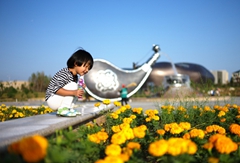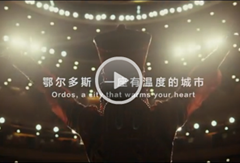Events and festivals
Updated: 2017-03-28  Print
Print 



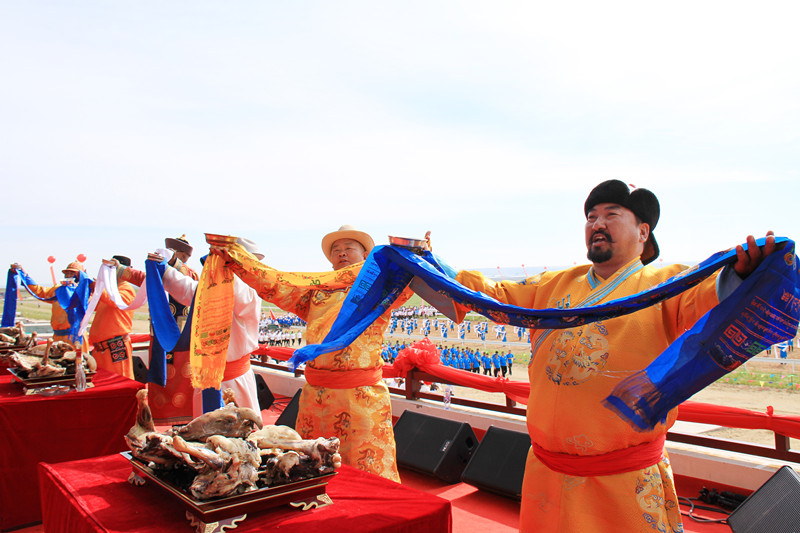
Inner Mongolian people in Ordos have colorful festive and entertainment activities, including Spring Festival, the Little New Year, or Festival of the Kitchen God, Aobao worship ceremony, Ma'nai Festival (or Mare's Milk Festival), temple fairs and Naadam Festival.
The Lunar New Year festival is the grandest festival of the year for Inner Mongolian people. On New Year's Eve, local herdsmen offer sacrifices to their ancestors and follow the tradition of fengshui (the traditional Chinese study of geomancy for buildings or cemeteries). They also have the folk custom of eating sheep's head, steamed buns and dumplings. The adults usually stay up late to celebrate. People often wear new clothes and go outside to embark on traditional ceremonies such as hanging up lanterns and setting off firecrackers, then return home to celebrate the New Year with their families and loved ones. Young children should perform traditional gestures symbolizing respect to seniors, who in turn touch the heads of the children to offer their blessings and good luck. After this ritual, people visit their relatives and friends.
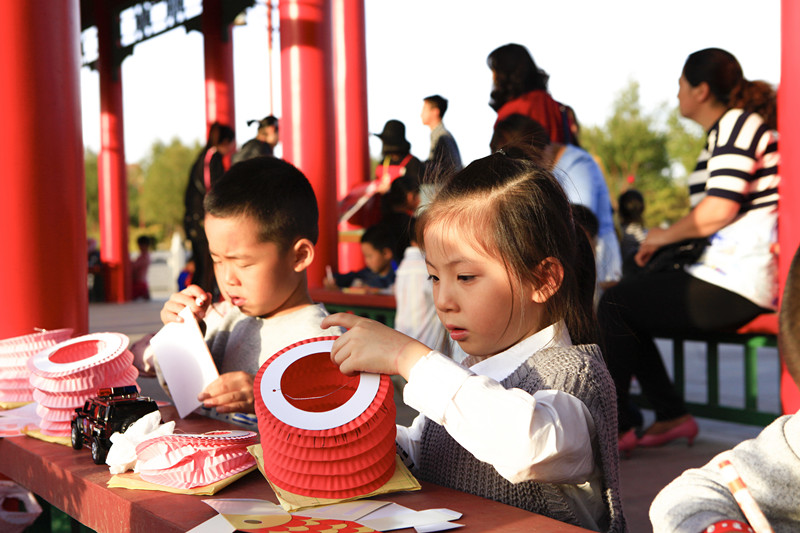
Festival of the Kitchen God
Inner Mongolian herdsmen in Ordos usually celebrate the Festival of the Kitchen God on the 23rd day or 24th of the 12th lunar month. They boil mutton without salt but with fresh milk and then add some milk dregs, brown sugar, red dates or raisins. The boiled chest will be served on plate and the mutton will be removed. The bones will be decorated with colorful strings, strips or hada (a piece of silk used as a greeting gift). This will be used as an offering together with rice, cookies, stipa capillata and ghee. Before the sacrificial ceremony, a new white felt will be spread in front of the kitchen and all the family members kneel down. The cooked bones taken out from the sheep's chest will be put into the burning fire and worship rituals will be performed nine times. During the ceremony, people sing the traditional ode for fire and follow the etiquette strictly.
Naadam Festival
Naadam, which means "game" or "competition" in Mongolian, typically features three contests for men – horse racing, archery and Bökh (Mongolian wrestling). The Naadam Festival is usually held in celebration of the harvest, so it often begins in summer or autumn. People hold sacrificial ceremonies and the Buddhist lamas chant scriptures to make wishes for future blessings. There are performances, bazaars, cultural exchanges and trade negotiations during the daytime, and bonfire parties at night.
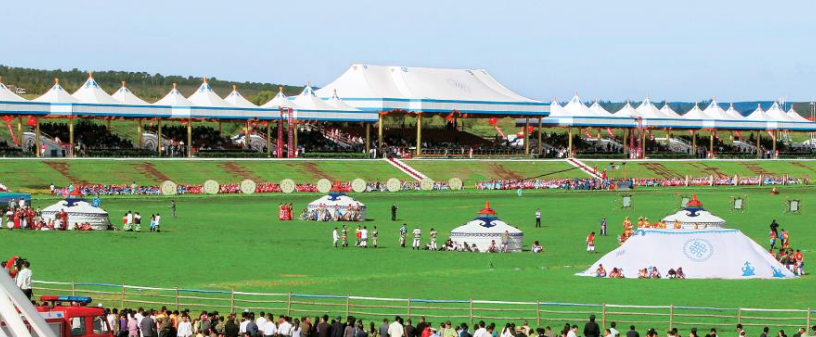
Ma'nai Festival (Mare's Milk Festival)
Ma'nai Festival, or Foal Festival, is held in celebration of the harvest in midsummer every year. Every household squeeze the mare's milk, present the milk to guests and drink during the festival. They also hold contests – horse racing, archery and wrestling.
Aobao Worship Ceremony
Aobao, or oboo, which is usually piled with stones, sand and branches, symbolizes the Inner Mongolian people's worship of the nature. The ceremony is annually held on one of the five dates – the 3rd, 5th, 13th, 23rd and 25th of the 8th lunar month, to pray for good weather, good harvests and good fortunes. Thus, it is a shamanism-style event, since shamanism is an ancient religion which preaches everything in nature.
Temple fairs
Temple fairs are religious or folk entertainment activities integrated into culture after Buddhism was introduced into Inner Mongolia. All the temples have their fixed time for fairs, where sacrificial ceremonies, religious rituals, fairs and wrestling contests are held.





 Ordos Impression
Ordos Impression Ordos WeChat
Ordos WeChat Ordos Reported
Ordos Reported

